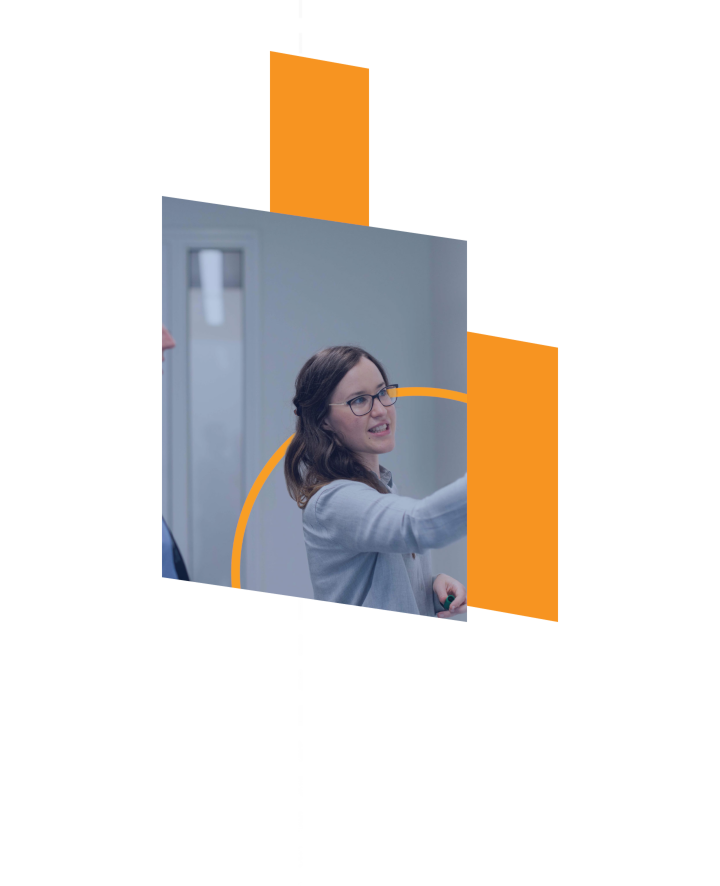AI and robotics are being deployed across various manufacturing processes, from assembly lines to quality control. "The integration of AI, IoT, and robotics is revolutionising our processes," one industry expert noted. "We're seeing unprecedented efficiency and a significant reduction in human error." Factories worldwide are now equipped with smart robots capable of performing complex tasks with high accuracy, ensuring consistent product quality.
Machine learning, a subset of AI, plays a pivotal role in predictive maintenance. "Machine learning is helping us predict equipment failures before they happen," explained another expert. "This not only saves time but also minimises downtime, which is a game-changer for the industry." By analysing data from sensors embedded in machinery, AI can predict potential failures and schedule maintenance before any breakdown occurs, thus maintaining the smooth operation of production lines.
The benefits of AI and robotics extend beyond predictive maintenance. AI-powered systems are used in quality control to detect defects and inconsistencies with higher accuracy than human inspectors. This ensures that only high-quality products reach the market, enhancing customer satisfaction and reducing returns.
Moreover, collaborative robots, or cobots, are transforming the workplace by working alongside human workers. "Cobots are designed to work with humans, not replace them," an industry insider shared. These robots take over repetitive, dangerous, and monotonous tasks, allowing human workers to focus on more complex and value-added activities. This human-robot collaboration boosts productivity and improves worker safety, leading to a more efficient and harmonious work environment.
AI is also making significant strides in supply chain management. AI algorithms can optimise inventory levels, predict demand patterns, and streamline logistics, ensuring that materials and products are available when and where they are needed. This reduces waste, lowers costs, and enhances overall supply chain efficiency.
Despite these dvancements, the integration of AI and robotics in manufacturing is not without challenges. Ensuring data security, managing the transition for workers, and addressing the ethical implications of increased automation are critical issues that need to be addressed. Companies must invest in robust cybersecurity measures to protect sensitive data from cyber threats. Additionally, they must provide training and support to help workers adapt to new technologies and roles.
As AI and robotics continue to evolve, their role in manufacturing will expand, leading to even smarter factories with enhanced automation and real-time decision-making capabilities. Embracing these technologies not only boosts efficiency but also positions companies at the forefront of innovation, ready to meet the challenges and opportunities of the future.
In conclusion, the rise of AI and robotics in manufacturing heralds a new era of efficiency, precision, and innovation. By leveraging these technologies, manufacturers can enhance their operations, improve product quality, and maintain a competitive edge in the global market. The future of manufacturing is here, and it is powered by AI and robotics.
